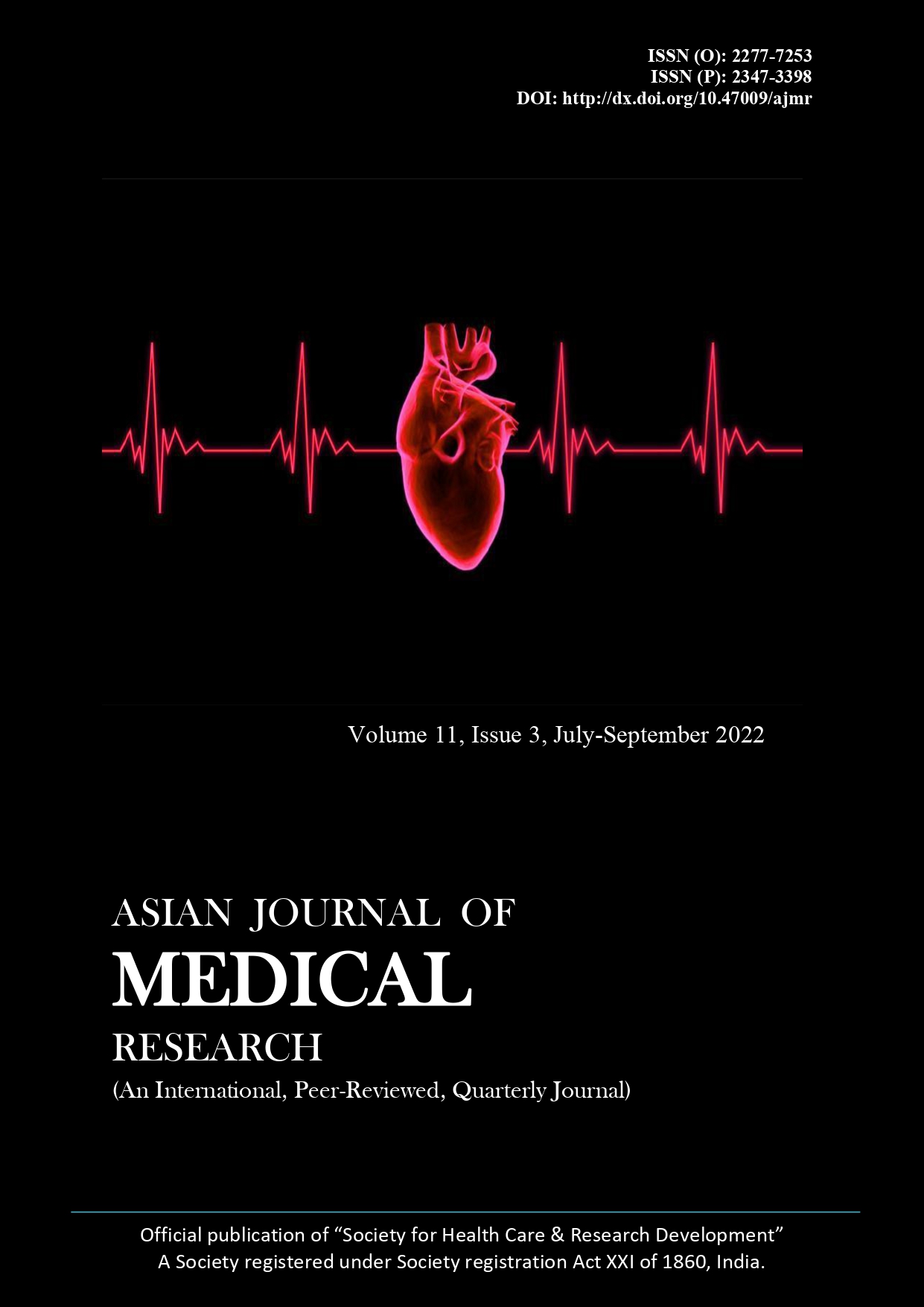Comparative Analysis of Impact of TENS and EMS on Treatment of Patients with Chronic Hemiplegia Caused by Stroke Using Fugl-Meyer Assessment Scale
Impact of TENS and EMS on Chronic Hemiplegia
Abstract
Background: The aim is to compare impact of TENS and EMS on treatment of patients with chronic hemiplegia caused by stroke using Fugl-Meyer assessment scale. Subjects and Methods: Subjects were divided into 2 groups of 20 each. Group A were hemiplegic subjects who were given TENS and group B were hemiplegic subjects who were given EMS. FMA, NDS and BI value were compared. Results: Left side was involved in 8 patients in group A and 11 in group B and right side in 12 in group A and 9 in group B. Type of stroke was ischemic in 5 in group A and 8 in group B and haemorrhagic in 15 patients in group A and 12 in group B. SBP was 120.4- and 68.4-mm Hg in group A and 124.6 and 70.2 mm Hg in group B. The mean pre- treatment FMA value in group A was 26.5 and post- treatment FMA was 41.7, in group B pre- treatment FMA value was 26.8 and post- treatment FMA value was 42.2. The mean pre- treatment NDS value in group A was 25.6 and post- treatment NDS was 18.4, in group B pre- treatment NDS value was 25.8 and post- treatment NDS value was 20.7. The mean pre- treatment BI value in group A was 32.5 and post- treatment BI was 50.2, in group B pre- treatment BI value was 33.2 and post- treatment BI value was 54.7. Conclusion: Physiotherapy is one of effective management in retaining strength and spasticity in stroke patients. Both TENS and EMS can help them improve their ability to move their hemiplegic lower extremity.
Downloads
Copyright (c) 2022 Author

This work is licensed under a Creative Commons Attribution 4.0 International License.






